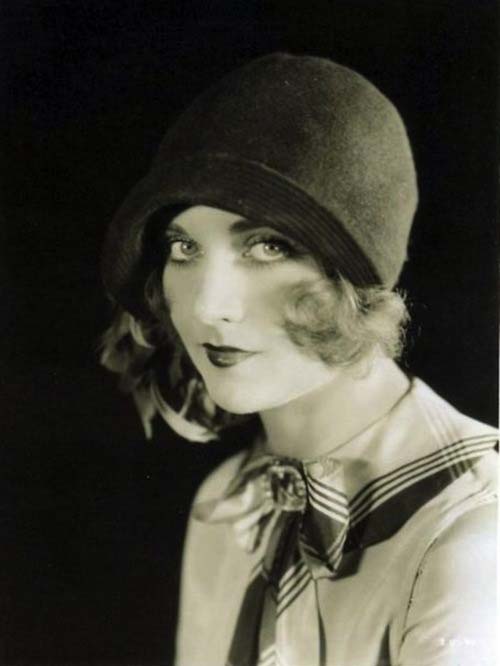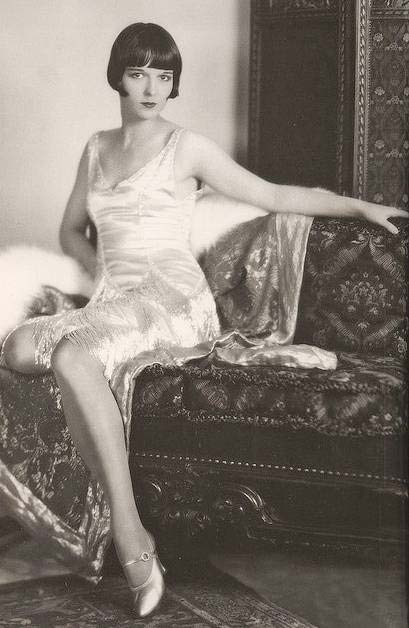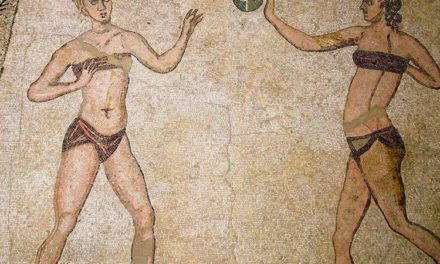 The 1920s vintage fashion styles were very closely related to the Art Deco period. The Art Deco period, also known as Deco, is a visual arts, design and architecture style that appeared before the First World War in Paris, France, it rose to its prominence in the 1920s and it lasted throughout the 1930s as the most dominant design aesthetic.
The 1920s vintage fashion styles were very closely related to the Art Deco period. The Art Deco period, also known as Deco, is a visual arts, design and architecture style that appeared before the First World War in Paris, France, it rose to its prominence in the 1920s and it lasted throughout the 1930s as the most dominant design aesthetic.
Art Deco Influence
The influence of Art Deco was seen in the design of furniture, buildings, fashion, movie theatres, jewellery, cars, ocean liners, and trains. In fact, it went even as far as the design of everyday objects such as vacuum cleaners and radios. A great example Art Deco Design in an iconic building is the Empire State Building in New York City.
Art Deco was characterized by symmetry, linear and very angular designs and geometric shapes. Art Deco was also influenced by Egyptian and Aztec motifs. The Art Deco period has various different names like the Machine Age, the Jazz age, or the Roaring Twenties.
During Art Deco’s heyday, it represented glamour, luxury, exuberance, and faith in technological and social progress.
What is Art Deco Fashion?
The era before Art Deco was called Art Nouveau, which reigned from the 1890s to 1910s. This art and design movement was characteristic for its very organic, ethereal and fluid designs. It was the direct opposite of what Art Deco represented, which was geometry and symmetry.
The fashion designs of the Art Nouveau period also known as the Edwardian Period of the Belle Epoque were defined by the hourglass silhouette. This was seen in the s-curve corset with a long skirt. You had puffy blouses with big sleeves, high collars and a narrow waist. The Art Deco fashion style of the 1920s was completely the opposite.
While most of the world was fighting World War I, Coco Chanel was working away in the safety of Biarritz working on her fashion empire. At a time when greens, orange and vibrant blues, furs, feathers and silk had been fashion essentials, it was the colour beige that Coco Chanel was pushing to the fashion-conscious. Despite all her fashion effort, Chanel became more famous for its perfume No 5.
The skirts hemlines became significantly shorter, first, it was the calf and later it became the knee. This was a combination of Art Deco Design aesthetic but also the societal changes and the role of women in it. The linear design of dresses was emphasizing a more boyish figure through the use of lean long lines. What became the fashion norm of this era were the loose-fitting shift dresses and the popular drop waist to hips silhouette. Out went the restrictive shape-forming corsets, and they were replaced with chemises or camisoles and bloomers.
-

Photo courtesy of hemlinequarterly.wordpress.com.
For the first time, women started wearing trousers, which was initially mainly sportswear. This allowed women to have comfortable trousers to play sports in or to dance or move around in. This was a fashion revolution and was considered bohemian.
Great Gatsby Movie
When Baz Luhrmann’s The Great Gatsby movie came out in Summer 2013, there was a renewed interest in the fashions of the 1920s. Already we saw quite a 1920s inspiration on the runway for Spring 2012, but with the saga of Daisy Buchanan and Jay Gatsby splashed across the big screen by Baz Luhrmann the interest of 1920s fashion history was growing. I, for one, was very happy about that.
-

Photo by Warner Bros. Pictures – © 2012 Warner Bros. Entertainment Inc.
What were the signature pieces of the 1920s vintage fashion period?
Cloche Hat
Hats became smaller and were worn closer to the head. The cloche was the most popular of the Art Deco fashion period and it was a snug hat, often made of felt, that was worn pulled down low over the eyebrows. It mimicked the bob hairstyle that was popular.
-

Carole Lombard wearing a cloche. Photo courtesy of lauramcphee.tumblr.com.
Shoes
High heels became popular, but the heels were not more than 2 – 3 inches. Flats were worn as well. The most common types of shoes were t-straps, oxfords, peep toes and Mary-Janes.
 Flapper Dress
Flapper Dress
Certainly the most recognizable of the 1920s fashion styles, the flapper dress was usually worn over a slip and were straight and loose-fitting and left the arms bare. If there was a waistline it was a dropped waist and hemlines rose to just above the knee.
-

Silent film star Louise Brooks in a flapper dress. Photo courtesy chuckman1920sarcadecardbeauties.wordpress.com.
Satin and silk were used as fabric and they often featured sequins or fringe. Another popular fabric was velvet with the “Burnout” velvet the invention of the decade. This velvet had a chemical applied to it to literally burn off.
Flappers got the name from their dresses flapping while the women danced the Charleston.
Two-Piece Sets
Separate costumes became popular during this period. Jean Patou, a french designer, came up with two-piece sweater and skirt separates made from wool jersey that changed women’s fashions forever.
-

Photo courtesy of fashiones-de-mi.blogspot.com.
Accessories
Long pearls, combs and headbands, beaded evening bags and lots of Art Deco style inspired jewellery was worn.
-

Photo courtesy of tahitiaallante.blogspot.com
I hope you have been inspired to get some of your own vintage outfits together.
















